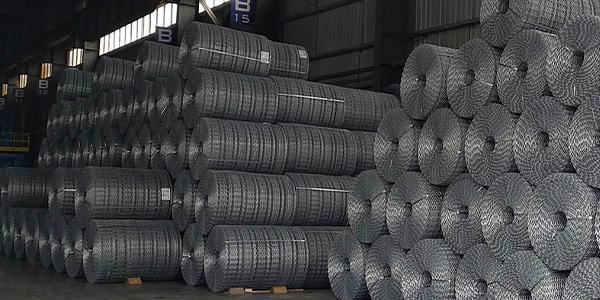- Industrial zone, South of Anping Town, Hengshui, Hebei, China.
- sales@hfpetromesh.com
- +86-18931809706
weight of steel grating per square foot
Understanding the Weight of Steel Grating per Square Foot
When considering the use of steel grating in construction and industrial applications, one critical factor that often comes into play is the weight of the material per square foot. Steel grating is widely used for walkways, platforms, and drainage covers due to its durability, strength, and versatility. However, understanding its weight is crucial for various design and engineering decisions.
What is Steel Grating?
Steel grating is a type of material consisting of a series of parallel bars spaced evenly apart, typically made from steel. It allows for the passage of light, heat, air, and liquids, making it an ideal choice for numerous applications. The design of steel grating can vary based on its intended use, with different configurations available, including welded, press-locked, and riveted types.
The Weight Factor
The weight of steel grating can significantly vary depending on its thickness, material type, and the spacing between the bars. On average, steel grating weighs about 10 to 20 pounds per square foot. For example, a standard steel grating panel that measures 1 inch in thickness may weigh approximately 13 pounds per square foot, while a thicker panel could weigh up to 20 pounds or more. Therefore, when estimating the total weight for your project, it is essential to factor in the exact specifications of the grating you plan to use.
Importance of Knowing the Weight
1. Structural Integrity Knowing the weight of the steel grating is vital for ensuring that the supporting structure can handle the load. If the weight is underestimated, it could lead to structural failures, posing safety risks.
2. Transportation and Handling The weight affects how the steel grating can be transported and handled on site. Heavier panels may require special lifting equipment or additional manpower, impacting labor costs and project timelines.
3. Cost Estimation The weight of the grating has a direct correlation to the material costs. Heavier and thicker grating generally costs more due to the increased amount of steel used. Understanding the weight per square foot can help in budgeting accurately for a project.
weight of steel grating per square foot

4. Design Considerations In architectural design, the aesthetics and functional aspects of the grating must be balanced with its weight. For instance, a heavier grating might not be suitable for areas with limited load-bearing capacity, while lighter options might be more appropriate.
Calculating Weight for Projects
To calculate the total weight of steel grating for a project, you can use the formula
\[ \text{Total Weight (lbs)} = \text{Weight per square foot} \times \text{Area (square feet)} \]
For instance, if you require 200 square feet of 15 pounds per square foot grating, the total weight would be
\[ 15 \, \text{lbs/sf} \times 200 \, \text{sf} = 3000 \, \text{lbs} \]
This calculation helps in planning logistics for delivery, installation, and ensuring the structural capacity of the supporting framework.
Conclusion
In conclusion, understanding the weight of steel grating per square foot is essential when selecting materials for construction and industrial applications. It influences design decisions, cost estimations, and the overall safety of the structure. Whether for walkways, drainage covers, or platforms, knowing the specifics of steel grating can lead to informed choices that benefit both the effectiveness and safety of a project. As industries continue to evolve, selecting the right materials based on informed data will remain a cornerstone of successful engineering and construction practices.
-
The Power of Pyramid Shaker Screen - A 3-Dimensional SolutionNewsOct.24,2024
-
Exploring the Versatility and Durability of Steel GratingNewsOct.24,2024
-
Revolutionizing Drilling Efficiency with Steel Frame Shaker Screens for Mud Shale ShakersNewsOct.24,2024
-
Potential of Shale Shaker ScreensNewsOct.24,2024
-
Offshore Pipeline Counterweight Welded Mesh - Reinforced Mesh in Marine EngineeringNewsOct.24,2024
-
Revolutionizing Offshore Pipeline Stability with Concrete Weight Coating MeshNewsOct.24,2024
